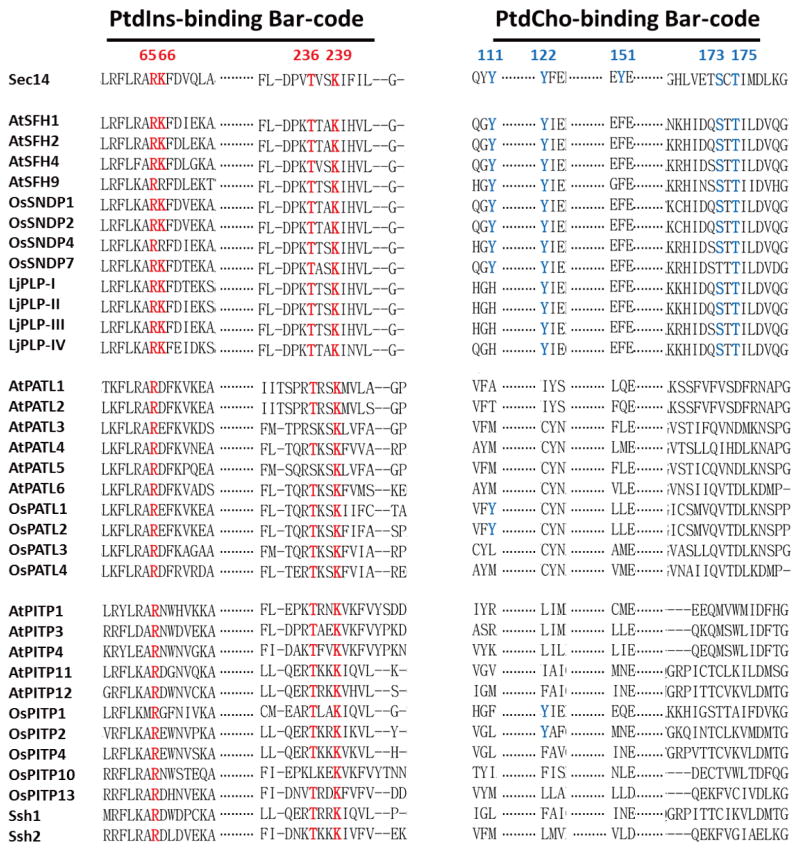Figure 6. Alignment of PtdIns- and PtdCho-binding bar codes in plant Sec14-like proteins.
Alignments of the indicated Arabidopsis and rice Sec14 homology proteins were performed using ClustalW2. As indicated, selected Sec14 homology proteins include Sec14-nodulin proteins (top rows) and GOLD domains (middle rows). Representative single domain Sec14-like proteins discussed in the text are also included (bottom rows). Precisely conserved PtdIns- binding bar code residues (R65T236 and K66K239) are highlighted with red; and conserved PtdCho-binding bar code residues (Y111Y122 Y151S173T175) are highlighted in blue. The Y122 residue is included in the PtdCho-binding bar-code because it is involved in coordinating the binding of other amino-phospholipids (e.g. phosphatidylethanolamine) in the hydrophobic pocket. It is, however, less critical for the binding of PtdCho.

